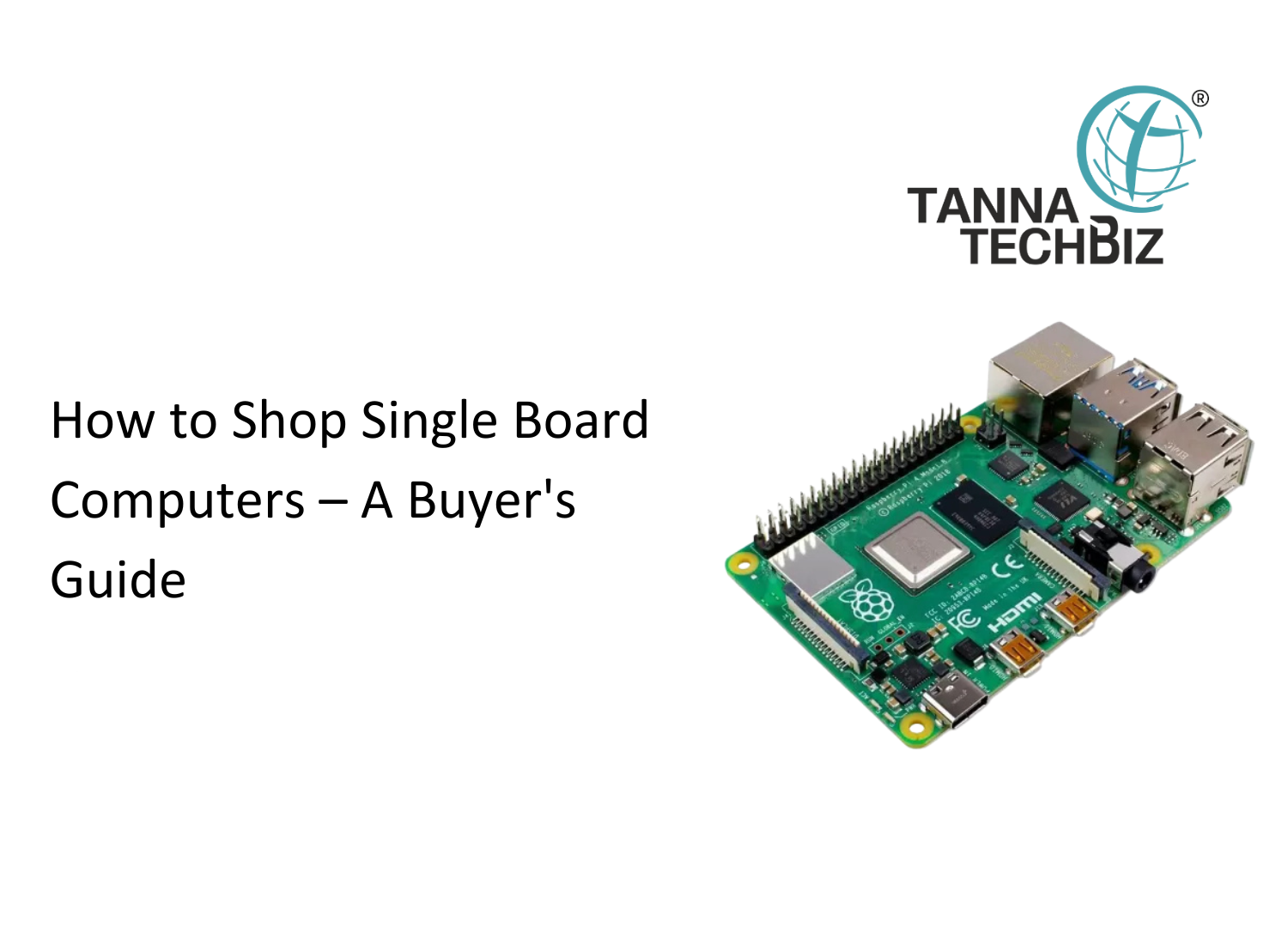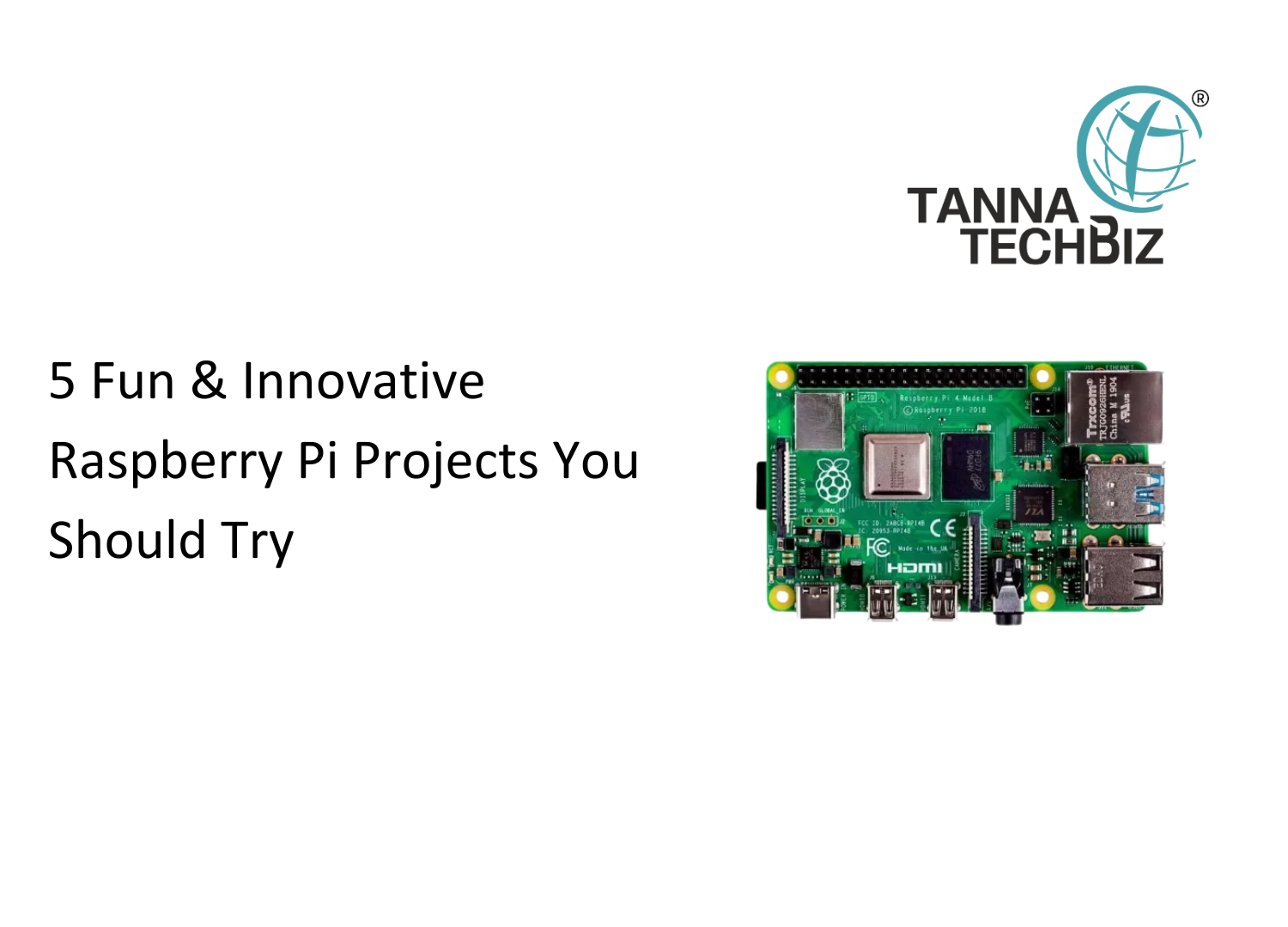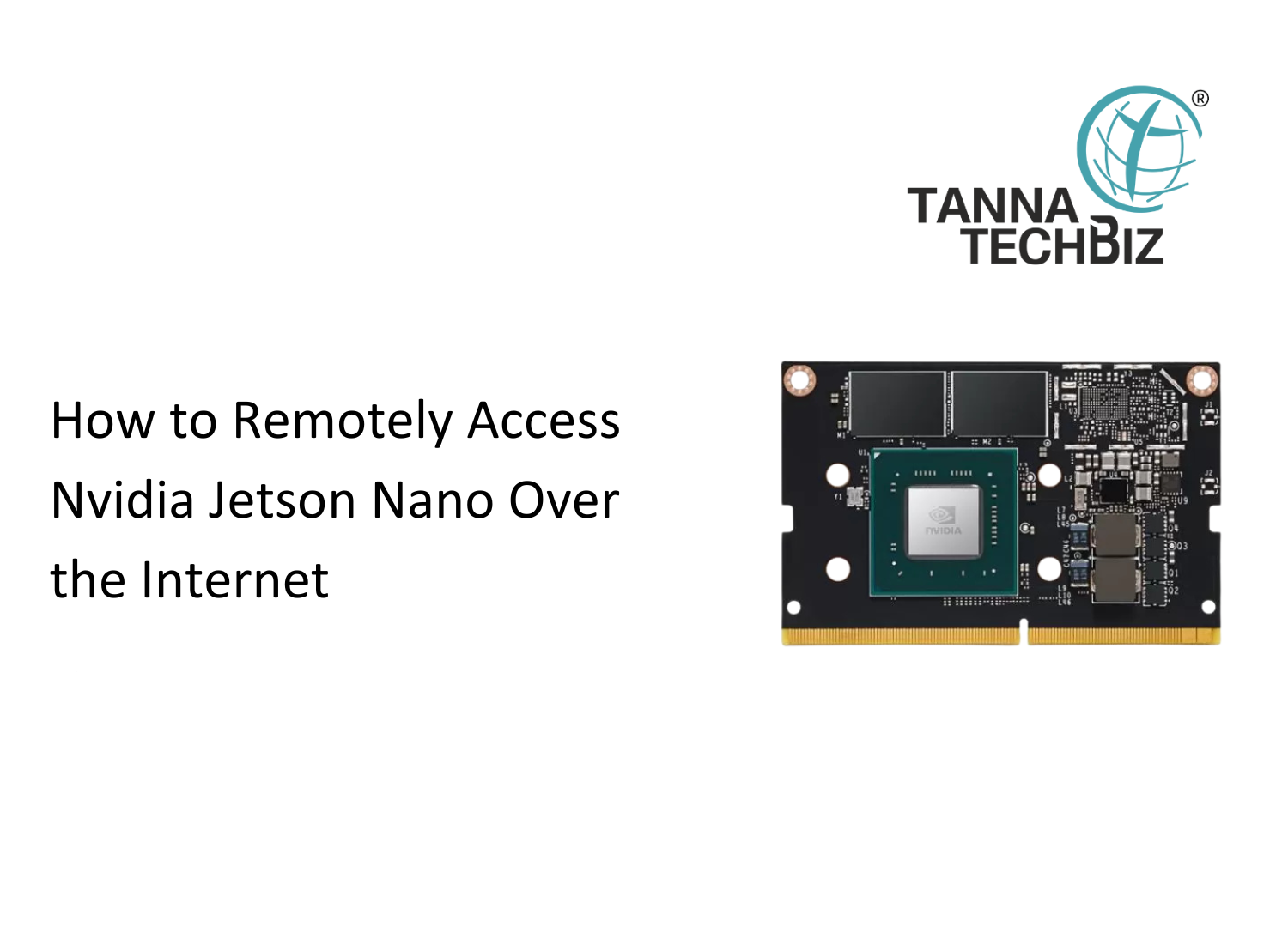How to Shop Single Board Computers – A Buyer's Guide
September 10, 2025 81

The Single Board Computers, better known as SBCs, have redefined the meaning of portable computing. They are small, efficient, and customizable, so they are great for the engineers, the educators, the hobbyists, and the businesses.
Whether you are in the classroom working on projects or in an industry working on applications, the small boards can get the work done. The dilemma is in picking the right one because the options out there are countless.
The guide sheds light on the main points you should check before you buy so that you can pick the right board with confidence.
Look at Processing Power and Performance
The heart of an SBC is the processor. The little chip dictates how powerful and fast your board is going to be. Some have tiny ARM processors that can run basic functions nicely. Others come with many core CPUs that can run demanding programs. What you should look at when you're selecting is the number of cores, CPU, and the speed. Pay attention to the RAM as well as the storage. These two will dictate how much your board will multitask and how much information it's going to cope with.
Check Expansion and Connectivity Options
An SBC is rarely independent. The SBC will usually interact with sensors, networks, or other devices. So connectivity is no trivial matter. Think of boards with onboard Wi-Fi, Bluetooth, Ethernet, and USB. Expansion headers and GPIO pins are crucial if flexibility and expansion are needed in your projects. If you're using cameras, displays, or working in the field of industrial systems, PCIe slots or serial connectivity become critical factors.
Also Check: Embedded Tech: How SBCs Are Shaping the Future
Find Software Support and Community Help
The hardware is only half the story. A decent software environment rounds out the experience. Always check what operating systems the board is supported with. The majority of SBCs will play nicely with Linux, Android, or Windows IoT. A board with an active community, rich documentation, and regular updates will pay you back in hours saved on troubleshooting. If you're keeping the board long-term or in commercial use, boards with strong software support and customisability are the way forward.
Compare Prices and Availability
Budget is always involved in any decision. Boards vs. boards, don't compare the base price. Add in the cost of accessories such as the power supply, case, and modules. A third crucial issue is availability. Always be certain that the board you have chosen will be available in future production runs. Of course, this is more significant in programs that will be ongoing for months or perhaps years.
Review the Manufacturer’s Reputation
Finally, reliability counts. Consider boards from vendors who are established in terms of quality and after-sales support. User word of mouth, testimonials and case histories will give you a decent idea of satisfaction levels. For critical applications, warranties and technical support may be the deciding factor.
Conclusion
Choosing the Right Single Board Computer is all about hitting that sweet spot in requirements, functionalities, and costs. The more your project objectives match the available hardware, software, and support, the easier the choice is.
When you have the right SBC in place, you open the doors to the possibilities of limitless learning, development, and expansion.



